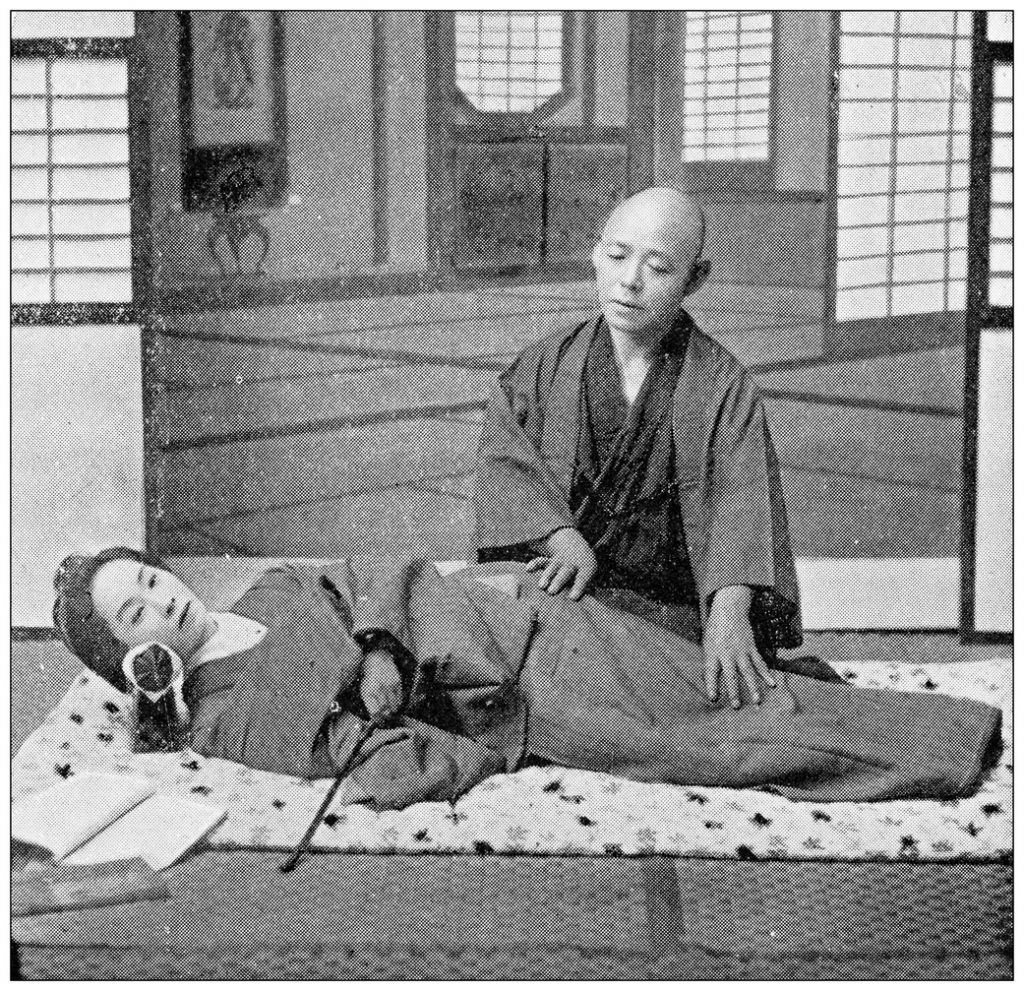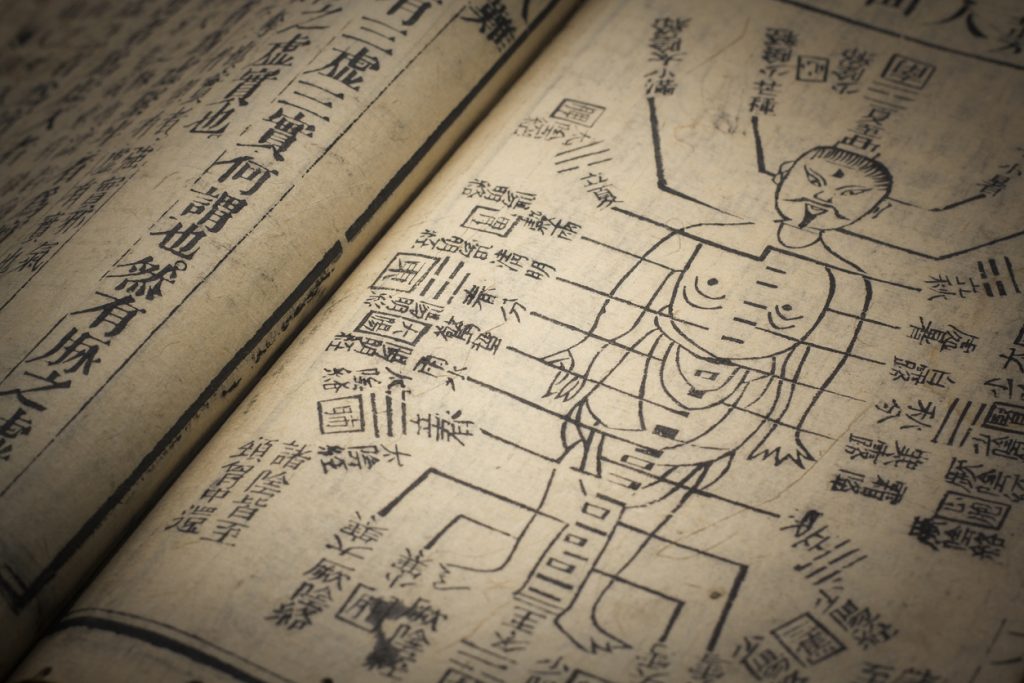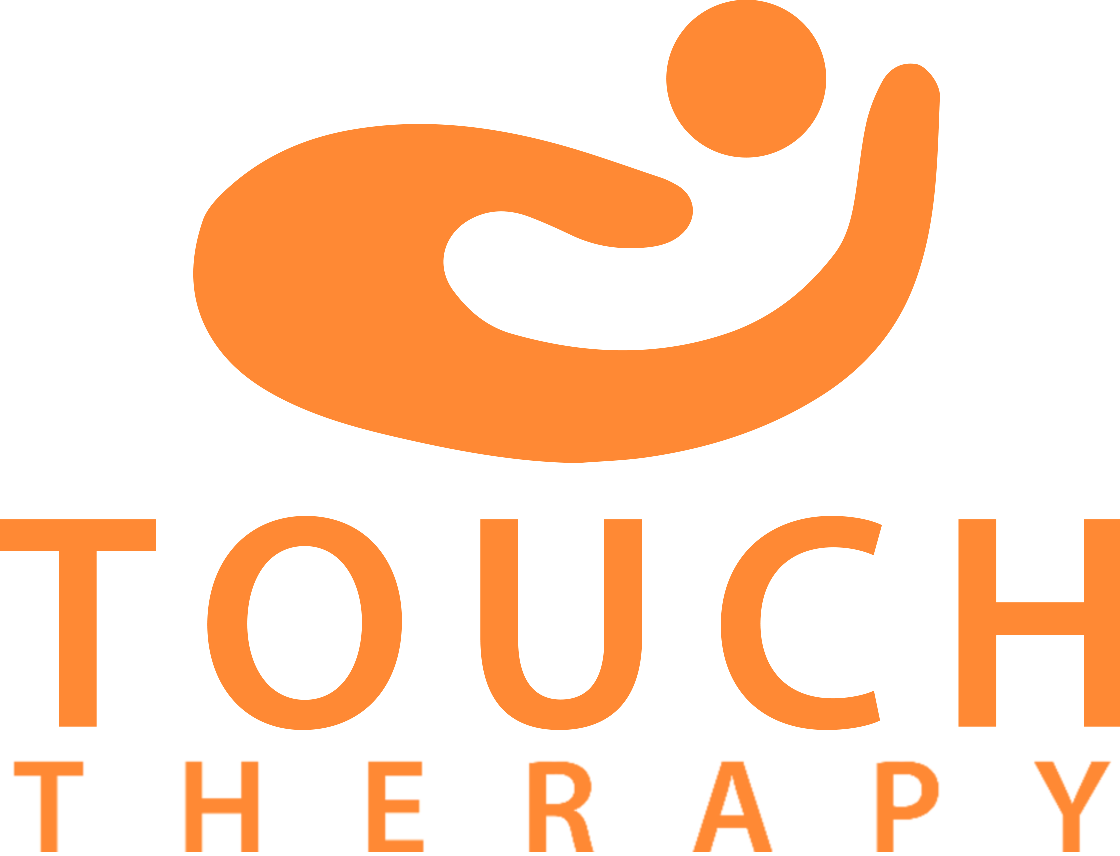
If you consider massage therapy a modern trend and recent discovery, you are wrong! The manipulation of the body’s soft tissues for healing purposes began more than 5000 years ago. There has been evidence of the practice in India, China, Egypt, Japan, Greece, and Rome in BCE.
Let’s get deep into the history of massage therapy to understand the roots of this therapy that has become popular globally. Massage therapy has influenced much scientific research, and its benefits are immense. It sure is a historical form of healing that is here to stay.
India, Where It All Begun
The oldest indication of massaging practice dates back to about 3000 BCE in India. It was regarded as a sacred natural healing mechanism. Massage treatment was a method handed down through generations by Hindus in Ayurveda medicine to help injuries recover, reduce pain, and prevent or cure illnesses.
Ayurveda proponents believe that diseases arise when people lose harmony with their surroundings; therefore, massage helps the body regain its natural and physical balance as a cure.
China and Southeast Asia
Massage therapy’s medical advantages have also been documented in Chinese writings dating around 2700 BCE. Traditional Chinese medicine doctors, martial arts practitioners, Buddhists, and Taoists saw touch as crucial to their spiritual yoga training. Laypeople also offered massages for relaxation.

The Chinese concept that illness was produced by an inequality or deficit of energy in various routes was similar to that of the Indians. ‘The Yellow Emperor’s Classic Book of Internal Medicine was created by the ancient Chinese and is now regarded as a backbone of alternative massage therapy, including acupuncture, acupressure, and herbal solutions.
Egypt
Evidence of massage in 2500 BCE was represented in tomb art in Egypt, where Individuals being kneaded by others are depicted in the art. The Egyptians developed reflexology, which includes applying pressure to specific points or zones on the feet and hands to promote healing.
Japan
Later, in 1000 BCE, Chinese monks who studied Buddhism brought massage therapy to Japan and gave it the name “Anma,” which became Shiatsu. This approach is intended to regulate and add strength to organs by harmonizing energy through pressure point stimulation to introduce a natural boost to immunity.
Massage therapists work to realign the patient’s energy by stimulating pressure points in the body. They don’t use any equipment but rely on their thumbs, fingers, and palms. Patients achieve balance in both their bodily and emotional well-being through this treatment.
Ancient Greece
Massage therapy in Greece can be traced to about 800 and 700 BCE. Athletes employed massage to shape their bodies before contests, while doctors used herbs and oils with massage to cure various medical ailments.
Hippocrates, Father of Medicine, used friction, a massage technique, to treat bodily harm in the 5th century BCE. He was also the first to recommend massage, proper diet, exercise, fresh air, and music to restore a healthy balance. We still hear about the Hippocrates remedy today.
Rome
The history of massage therapy in Rome began around the first century BCE with Galen, a physician to numerous emperors. He employed massage therapy to treat all forms of physical ailments and disorders. Galen followed Hippocrates’ beliefs that exercise, a balanced diet, rest, and massage are essential components in healing and maintaining a healthy body,
The wealthy had personal physicians to provide massages in their houses. Most of the other Romans were treated in public baths by trainers and doctors. The recipients would be given a full-body massage to increase circulation and release their joints after bathing. Oils were commonly used in massages to help the skin.
The famous public baths in Roman society finally gained a reputation for being more about the pursuit of pleasure than about health.
Europe
Massage therapy was popular and widely used in the West until around 1600 CE. In the 16th century, medical technology and pharmacology advancements were reshaping the foundations of modern medicine. The use of manual healing practices disappeared from view.
Many physicians and scientists witnessed and documented the benefits of massage between 1600 and 1800. Western techniques, however, did not make significant progress until the nineteenth century.
Per Henrik Ling, a Swedish physician, created the Swedish Gymnastic Movement System in the early 1800s. The massage was combined with medical gymnastics and physiology in this system. Stroking, pressing, squeezing, and hitting were manually used to cure physical ailments.
While Ling’s method included massage in his movements, Johan George Mezger, a 19th-century Dutchman, is credited with introducing the following techniques that are still utilised today:
- Petrissage is a rhythmic method that includes kneading, skin rolling, lifting, and a push-pull movement.
- Tapotement is a Swedish massage technique that involves thumping or tapping with the side of the hand, a cupped hand or the fingertips.
- Effleurage is a technique that involves lengthy, flowing strokes from the extremities inside at varying pressure levels.
- Friction is a physically tricky treatment that involves making deep circular or crosswise strokes with the thumbs, fingertips, palms, or elbows to enter deep tissue.
Australia
Massage therapy first appeared in Australia in the late 1800s and early 1900s as a supplementary medical treatment. It came from Europe, where Pehr Henrik Ling’s lifestyle interventions and Dr. Mezger’s physical therapy had become well-known as ways to help patients recover from injury and surgery.
Massage therapists typically joined forces with surgery and general practitioners, receiving direct treatment instructions from their supervising medical practitioners. Because massage was labor and time-consuming – many patients would have an hour of treatment multiple days a week for a few weeks. Physicians were willing to recommend their clients to well-trained massage therapists.
In the mid-nineteenth century, the Australian Massage Association changed its name to the Australian Physiotherapists Association in order to obtain more legitimacy. Physiotherapy evolved into a university-trained profession in which experts learned to use a variety of exercise therapy techniques as well as some physical treatment.
Massage Therapy Today
Massage therapists today use various techniques that date back to ancient times. A desire still inspires them created decades ago to assist people in restoring their bodily and mental well-being and experience a superior quality of life.
Touch Therapy is all about you, with skilled therapists who undergo continuous training to give you the best services in Gold Coast. Call us today and contact us at (07)56411212 to book an appointment with us!
